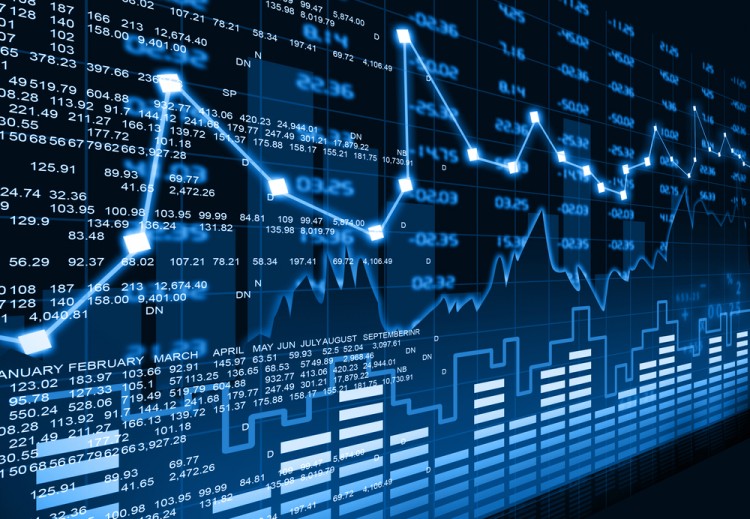Stocks fell, the dollar hit multi-month highs and U.S. and German short-term bond yields were parked at their highest levels since at least 2008 as Federal Reserve chair Jerome Powell put big rate hikes back on the table to tame inflation.
Ahead of crucial U.S. jobs data on Friday, MSCI's broad index of global stocks (.MIWO00000PUS) fell 0.3%. Europe's Stoxx 600 share index slipped 0.3% lower and futures markets indicated a steady start on Wall Street after the S&P 500 index dropped 1.5% on Wednesday.
MSCI's world stock gauge remains about 4% higher for the year, as some investors have held onto robust economic data in the United States and the euro zone as a cause for optimism. This view has clashed with market repricing of interest rate expectations and bond market signals that aggressive monetary tightening raises recession risks.
"There's a lot of mixed signals out there," said Eren Osman, managing director of wealth management at Arbuthnot Latham, adding he was currently reluctant to take "large underweight or overweight" positions in any major asset class.
"If the totality of the data were to indicate that faster tightening is warranted, we would be prepared to increase the pace of rate hikes," Powell said.
Fueling inflation scares, U.S. employers added 500,000 new workers in January while economists polled by Reuters expect the official non-farm payrolls report on Friday to show another 203,000 positions were added in February.
"What matters most is the employment number," said Patrick Spencer, vice-chair of equities at RW Baird. "If you get another hot number, say 300,000 (new jobs) or more, then the market will worry."
U.S. Treasury yields continued an ascent on Wednesday, with the two-year yield, which tracks interest rate expectations, briefly touching 5.08% -- its highest level since 2007.
Germany's two-year bond yield meanwhile touched 3.367% , its highest level since 2008.
Markets now price in an almost 70% chance of a 50 basis point rate hike at the Fed's March 21-22 policy meeting, according to CME's FedWatch tool, up from about a 30% a day ago.
After a series of jumbo hikes last year, the Fed raised rates by 25 basis points last month.
A closely watched part of the U.S. Treasury yield curve measuring the gap between yields on two- and 10-year Treasury notes , seen as an indicator of economic expectations, was at -107.3 basis points on Wednesday, its deepest since August 1981, according to Refinitiv data. Such an inversion is seen as a reliable recession indicator.
In currency markets, the dollar index , which measures the U.S. currency against six major rivals, rose to a 3-month high of 105.88, having jumped by 1.3% on Tuesday in its biggest daily increase since September.
The dollar also rose 0.2% against the yen , having touched 137.90, its highest since Dec. 15, earlier in the session, ahead of the Bank of Japan's meeting on Thursday and Friday. The Japanese central bank is expected to stick to its ultra-loose monetary policy, although analysts also expect it to dismantle its complex monetary easing tool known as yield curve control sometimes this year.
The euro slipped 0.11% to $1.0536, pinned near its two-month low. Brent crude oil fell 0.3% to $82.95 a barrel.










